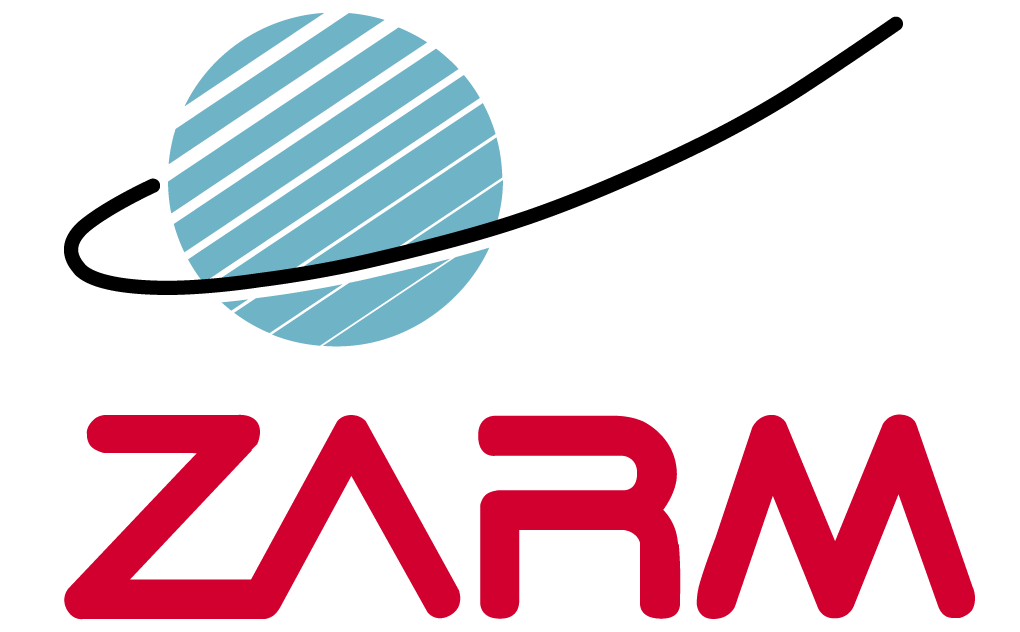Fluid Simulation and Modeling
ABOUT OUR RESEARCH
The motion of liquids and gases plays a key role in numerous natural phenomena and determines the viability and efficiency of many processes in aerospace, mechanical, chemical and biomedical engineering. In general, fluids can flow in a smooth and orderly manner, such as blood does in small capillaries, or fluctuate erratically as seen in the swirls behind an airplane wing. Hence making quantitative predictions of fluid flows is essential relevance in engineering and also for whether or climate predictions. Our group develops and applies methods to quantify and predict fluid motion by leveraging theoretical, numerical and experimental techniques. Examples of our current interest are energy transfers through gravity waves in the atmosphere, the transition to turbulence in wind-turbines and in the human cardiovascular system, the turbulent mixing of liquids in reactors and the dynamics of bubbles in water electrolysis.
Droplet breakup
Drop breakup in turbulent fluids is a key mechanism in environmental and engineering processes, but remains poorly understood. We developed a novel computer code, which for the first time enables the fast generation of thousands of fully resolved simulations. Leveraging this code, we showed that drop breakup is a memoryless process whose rate depends only on the ratio of inertial to surface-tension forces. A simple model based on the computed breakup rates accurately predicts experimental measurements and demonstrates that dilute emulsions evolve through a continuous fragmentation process with exponentially increasing time scales.
A. Vela-Martín & M. Avila, Science Advances, 8:abp9561 (2022)
Our fields of research
- Flow instabilities
- Turbulence
- Fluid-structure interaction
- Mixing
- Bubbly and droplet-laden flows
- Optimization of fluid transport
CONTACT
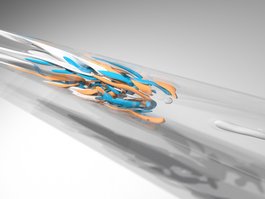
Transition to turbulence in pulsatile pipe flow
Pulsatile flow in a straight pipe is a model system for unsteady internal flows in industrial engineering and physiology. In some parameter regimes, the laminar flow is susceptible to helical perturbations, whose transient energy growth scales exponentially with the Reynolds number (Re). We link the transient growth of these perturbations to the instantaneous linear instability of the laminar flow.
We exploit this link to study the effect of the waveform on turbulence transition by performing linear stability and transient growth analyses of flows driven with different waveforms. We find a higher-energy growth in flows driven with longer low-velocity phases as well as with steeper deceleration and acceleration phases.
Funded by the DFG through project "Instabilities, bifurcations and migration in pulsating flow"
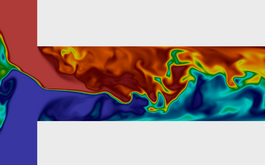
Turbulent mixing
The efficient mixing of fluids is key in many applications, such as chemical reactions and nanoparticle
precipitation. Detailed experimental measurements of the mixing dynamics are however difficult to
obtain, and so predictive numerical tools are helpful in designing and optimizing many processes. Turbulent mixing at small scales is poorly understood, which adds to the intrinsic difficulties of modeling turbulence.
As a result, quantitative model predictions of mixing-sensitive, continuous reactions in chemical engineering remain elusive. Hence water-water mixtures in simple geometries such as T-mixers have been intensively investigated, but little is known about the dynamics of more complex mixtures, especially in the turbulent regime. We exploit numerical and experimntal techniques to study the mixing process in a T-shaped mixer.
Funded by the DFG through project "Formation of small-scale mixing processes in a T-mixer"
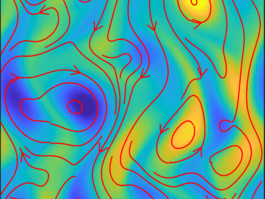
Gravity wave genesis
Understanding and representing the effects of gravity waves (GWs) in weather and climate models, remains an order-of-one challenge, with important implications for the representation of energy and momentum transport in the atmosphere. We aim to determine the dependence of GW break-up, dissipation and secondary emission on the source and environment to pave the way for accurate parametrisations of these processes.
The novelty of this subproject is to study the complete route from GW instability to break-up, dissipation and secondary emission by combining direct numerical simulation (DNS) and new advances in flow stability analysis.
Funded by DFG through project "Generation, decay and dissipation of gravity waves"

Boundary layer in wind turbine blades
During the operation under the harsh conditions of the atmospheric boundary layer, the rotor blades of wind turbines are directly exposed to mechanical influences such as raindrops, sand grains or insects. As a result, the leading edge of the rotor blades suffers from erosion damages and contamination, which lead to aerodynamic performance losses of up to 25 % and premature fatigue failures. For this reason, a condition monitoring of rotor blades with an early detection and characterisation of initial surface defects on wind turbines in operation is needed.
Our aim is to make use of the effect of a local surface defect (as a flow disturbance element) on the boundary layer flow as a measuring principle. By means of thermographic flow visualisation, an indirect, non-invasive measurement of the defect properties type (additive/subtractive), size, shape (aspect ratio) and position is reached. Thus, the characterization of incipient surface defects, which cannot be measured with a direct imaging approach due to the large measuring distance to the ground, will become possible.
This project is in collaboration with Prof. Andreas Fischer (University of Bremen).
Funded by DFG through project "Indirect assessment of local surface defects on wind turbine rotor blades"

Bubble detachment in electrolysis
From boiling water to hydrogen production in electrolysers, bubbles form, grow, and eventually detach from surfaces. But how big are they when they break away? Our computer simulations aim to answer this question, which is especially important for future space missions. On Mars, where gravity is only 38% of Earth's, bubbles experience weaker buoyant forces, potentially affecting everything from fuel production to oxygen supplies. This research, funded by the Humans on Mars initiative, helps us understand how bubbles behave in low gravity—an essential step for designing efficient systems for space exploration.
This project is in collaboration with Prof. Lutz Mädler, Prof. Fabio La Mantia & Prof. Katharina Brinkert (University of Bremen).
Funded by "Humans on Mars Initiative" project.

Nonlinear optimal disturbances in turbulent channel flow
From aircraft moving through the air to fluids being pumped through pipes and even forecasting the weather, turbulence plays a crucial role in many technical and natural flow systems. Despite this, fundamental aspects about it are still poorly understood, which means that it is often also the barrier to more accurate predictions in these systems. In this project, we study the mechanisms through which turbulence is sustained in simple shear flows, in particular channel flow. We make use of recent progress in computing hardware, especially GPUs, to study such systems with methods whose application would not have been computationally feasible just a few years ago.
Using direct numerical simulation and nonlinear adjoint optimisation, disturbances capable of optimally amplifying disturbance energy are calculated. It is hypothesised that these disturbances and their time evolution isolate the most important mechanisms for transferring energy from the base flow to the turbulent fluctuations, and thus, that studying them can help answer the fundamental open question of how turbulence is sustained in shear flows.
This project is in collaboration with Prof. Rich Kerswell (University of Cambridge).
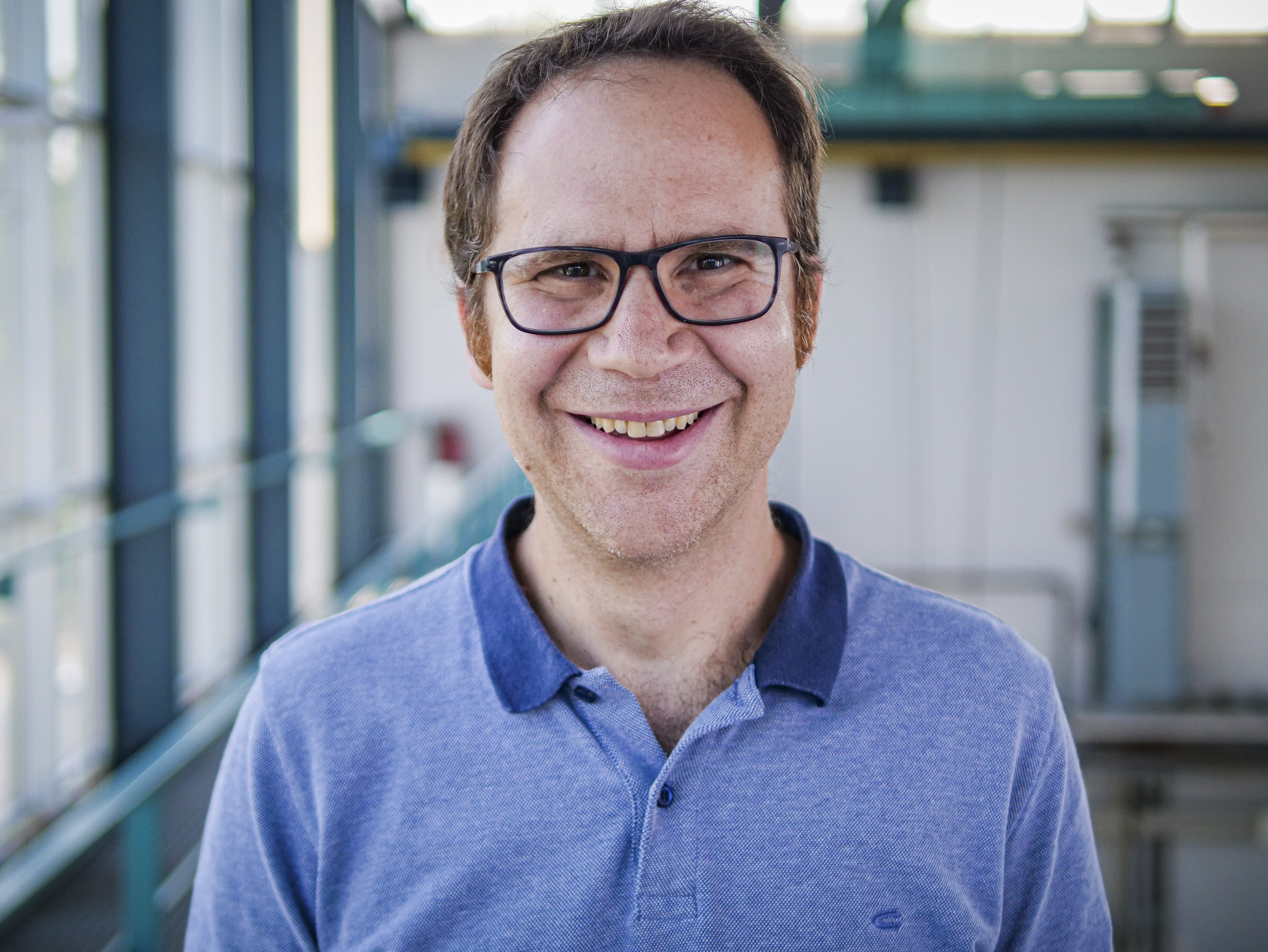
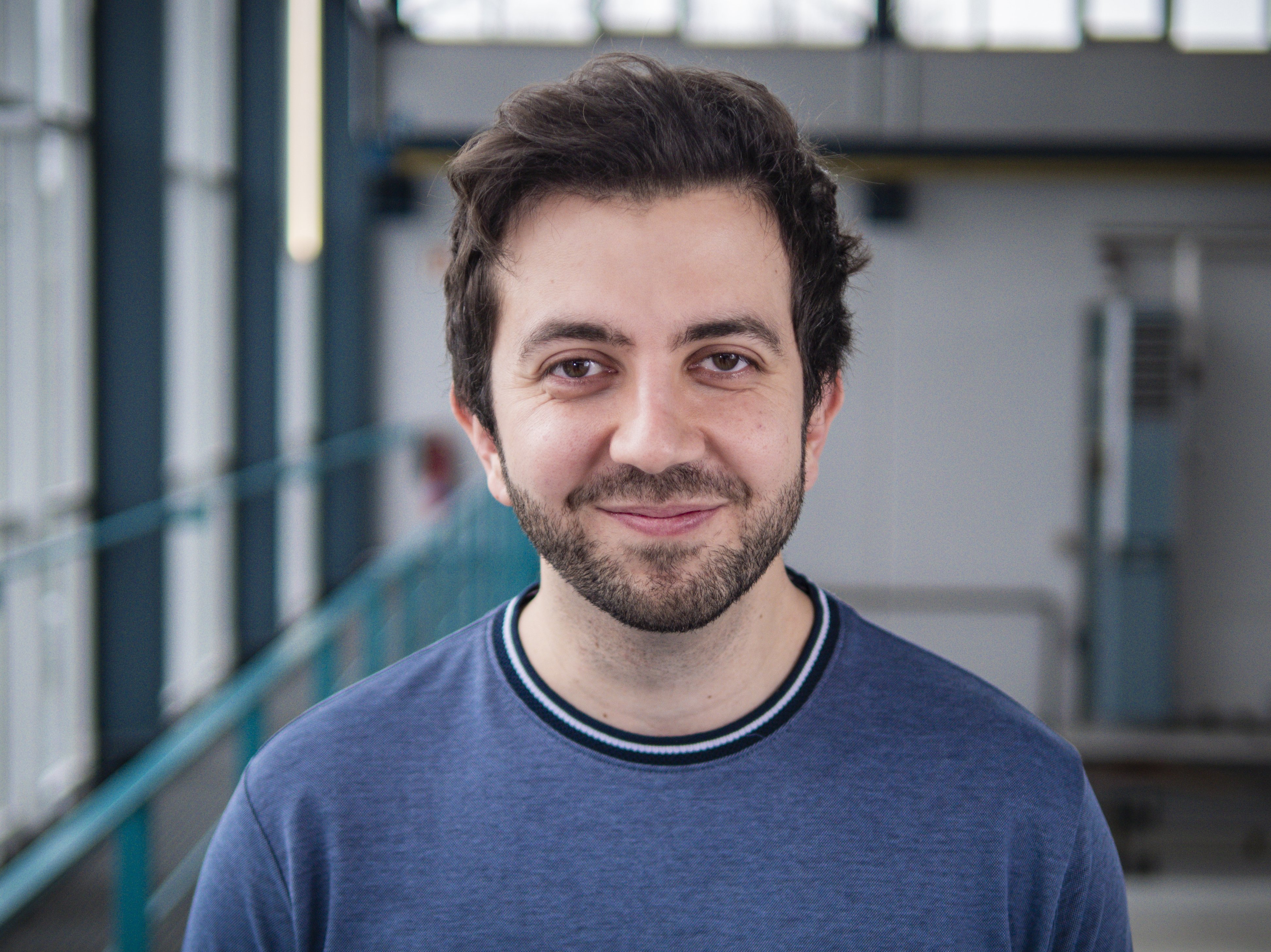
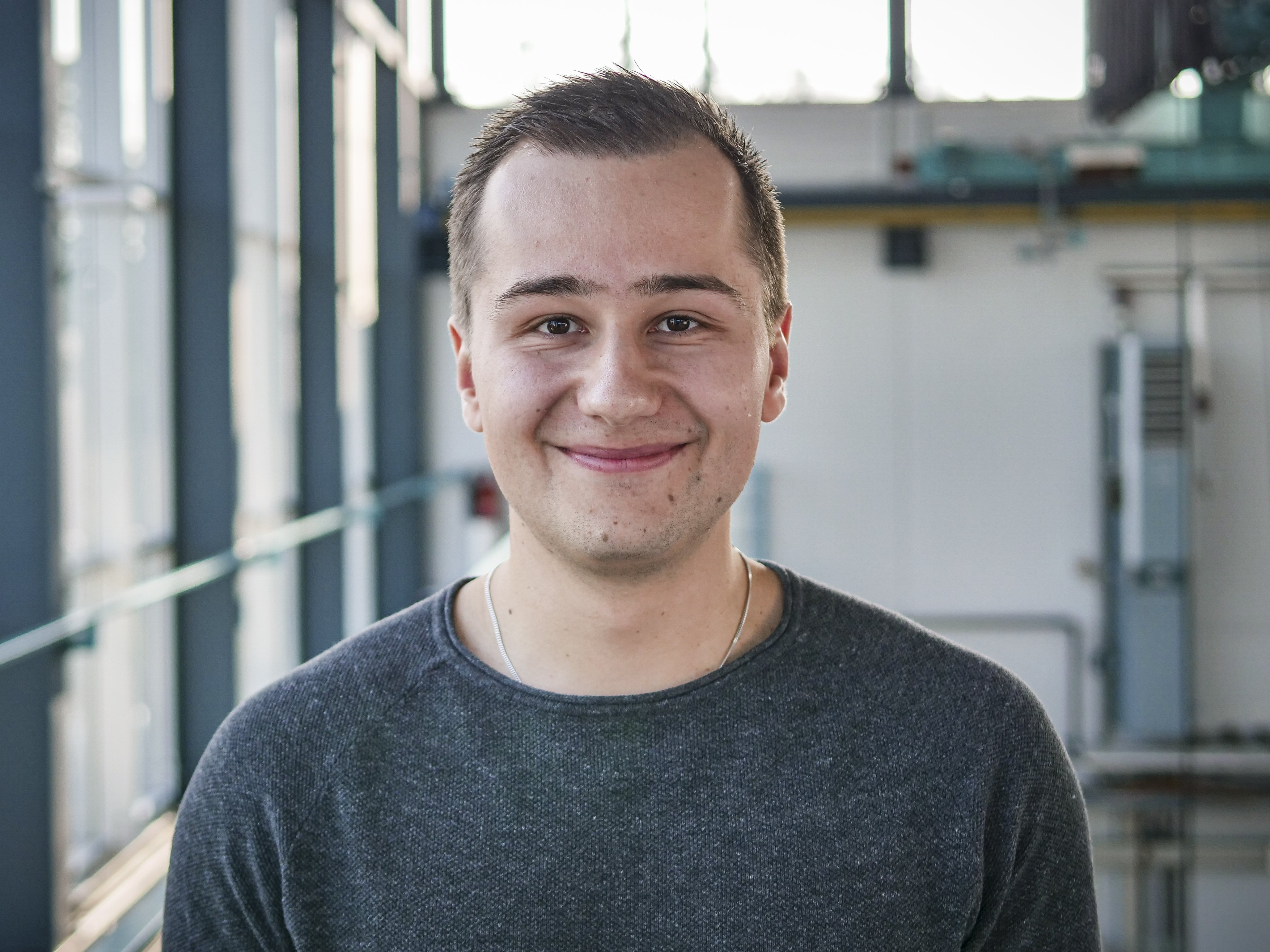
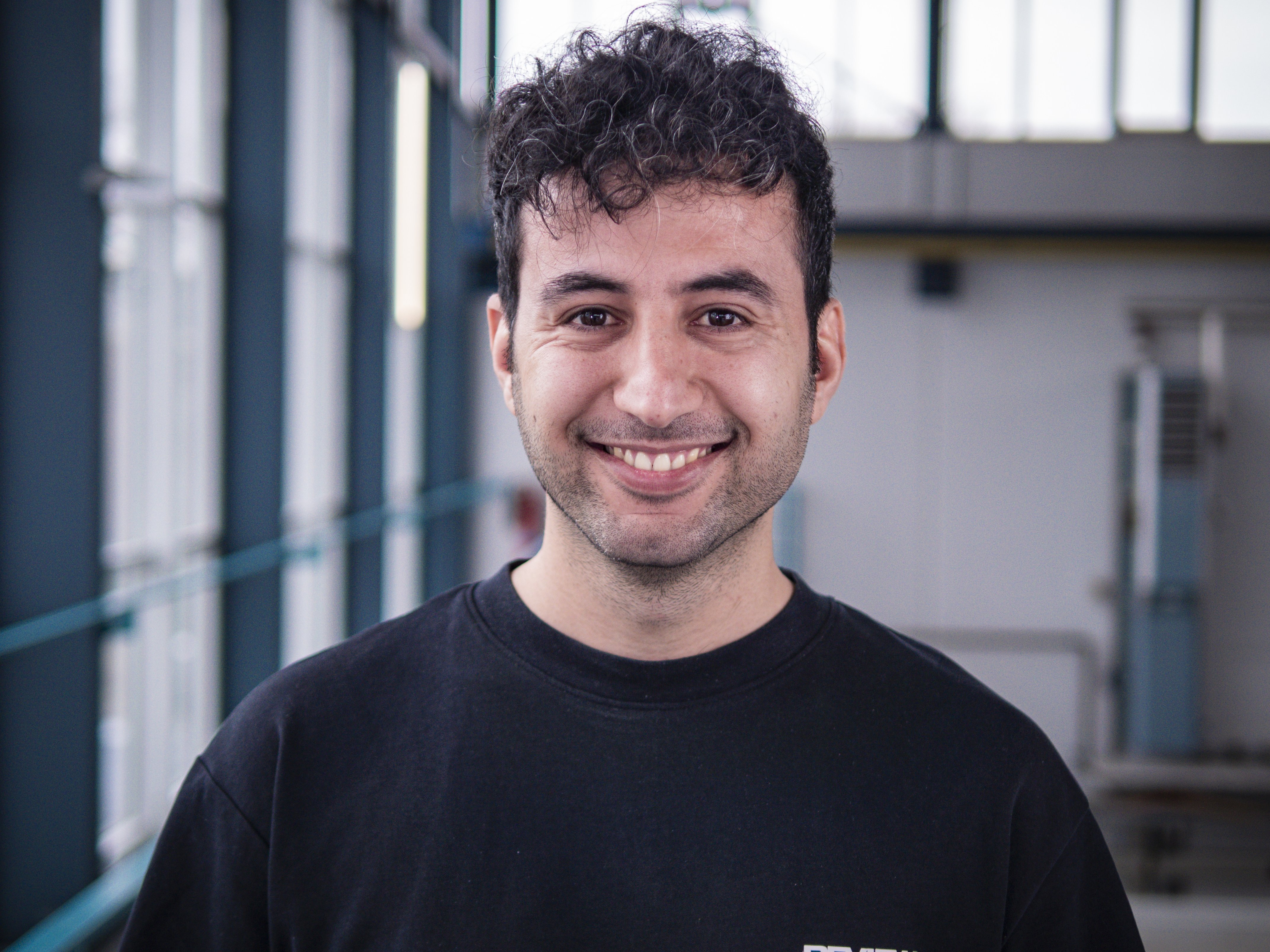
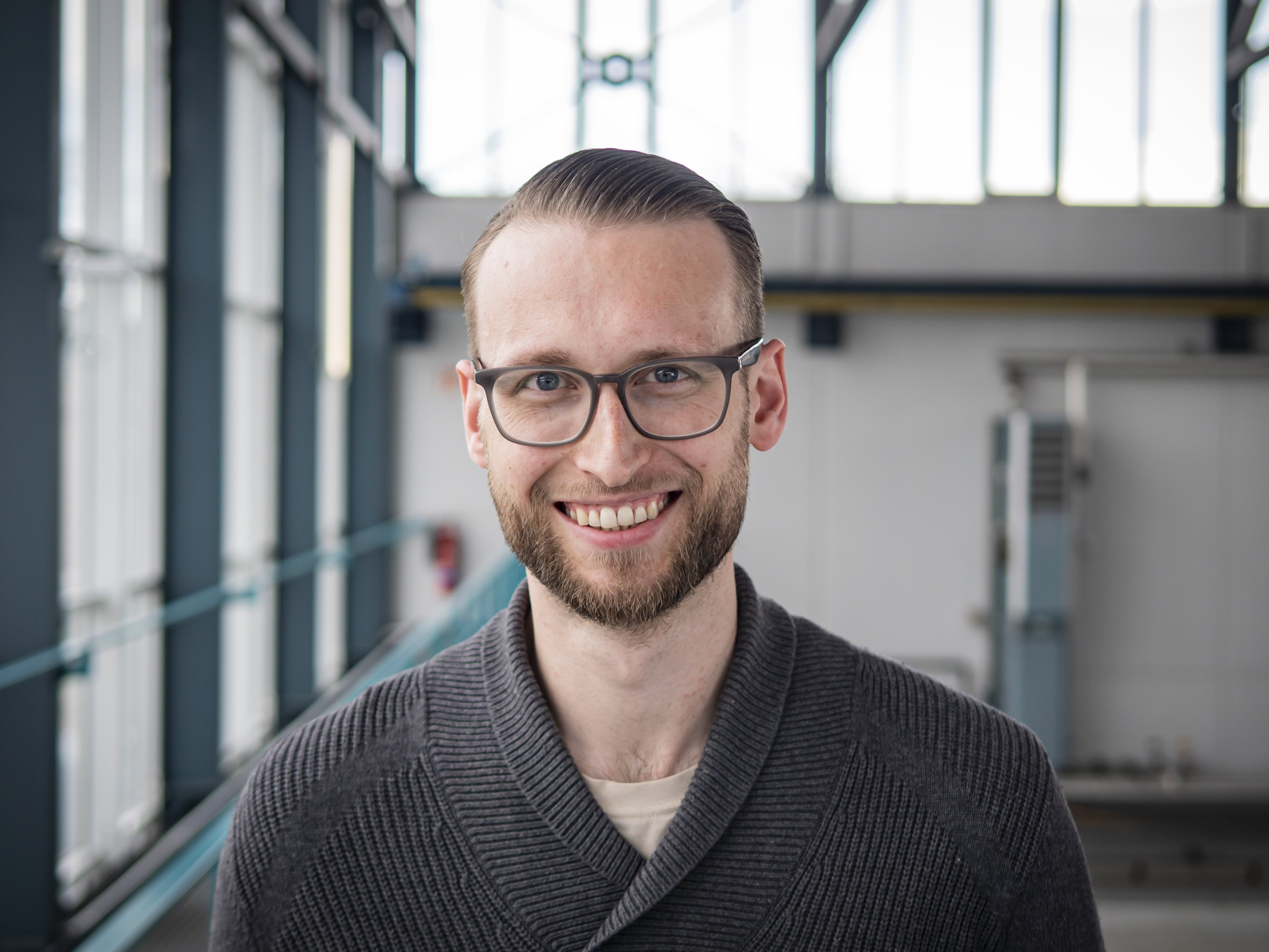

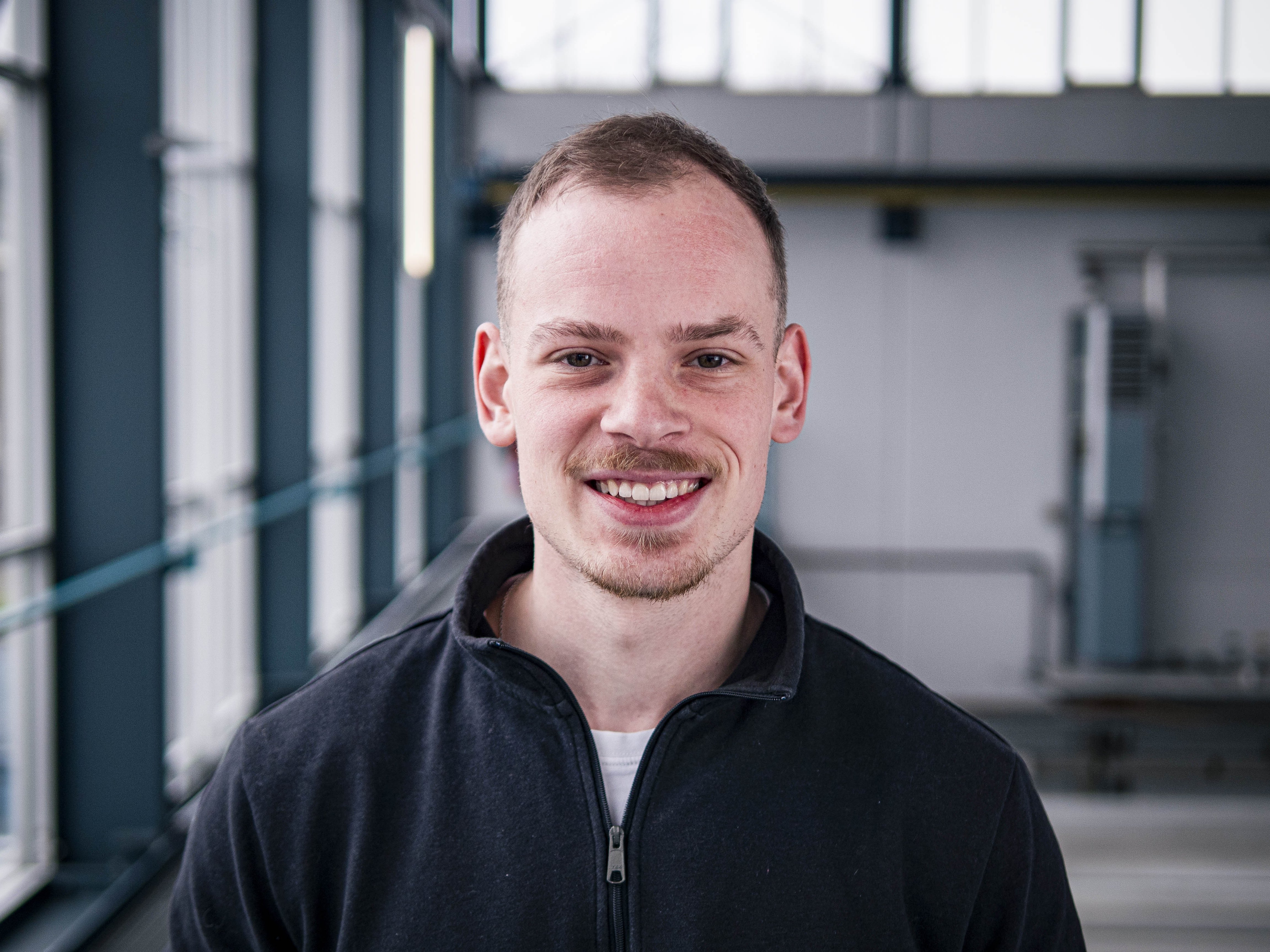
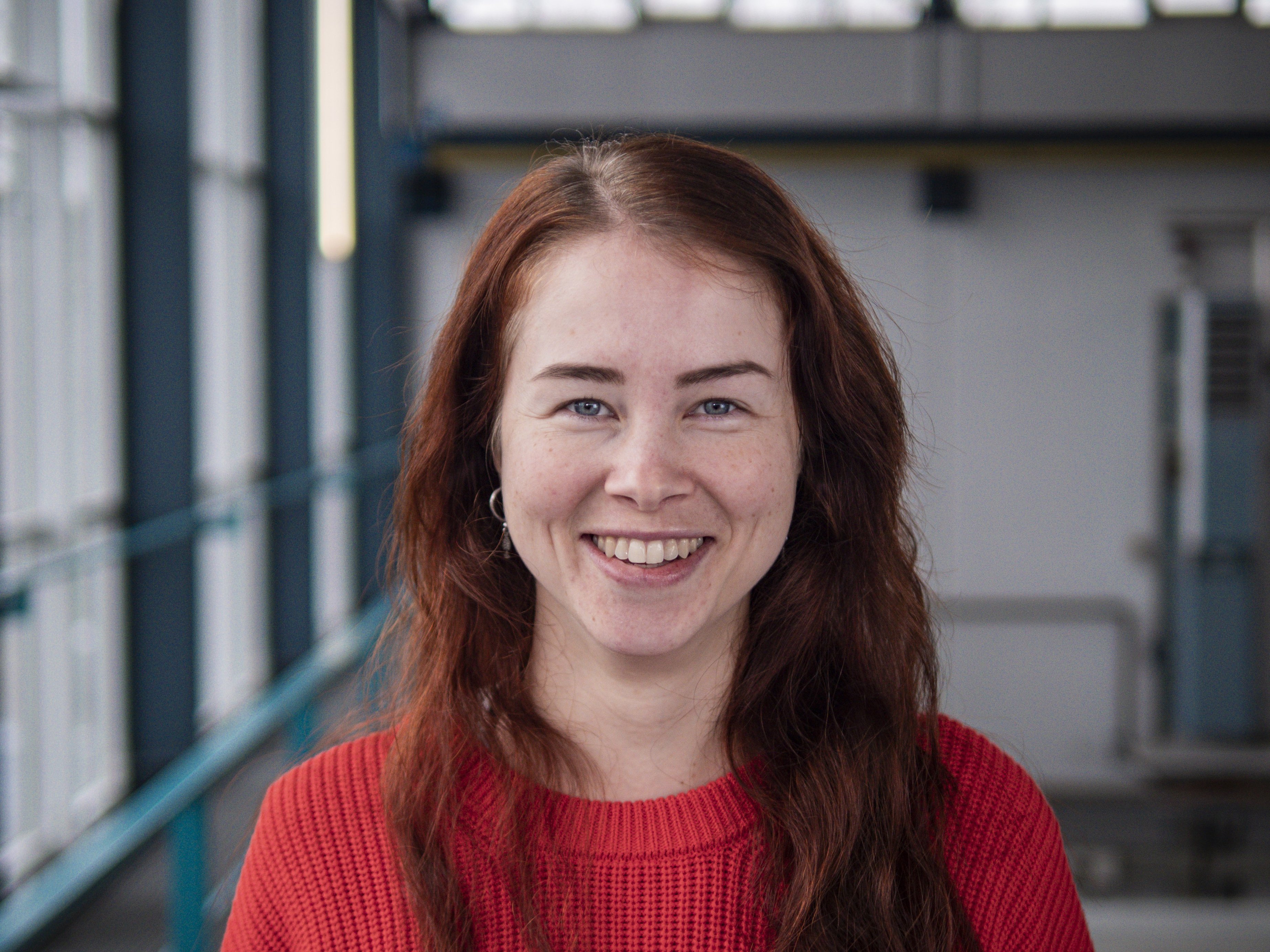



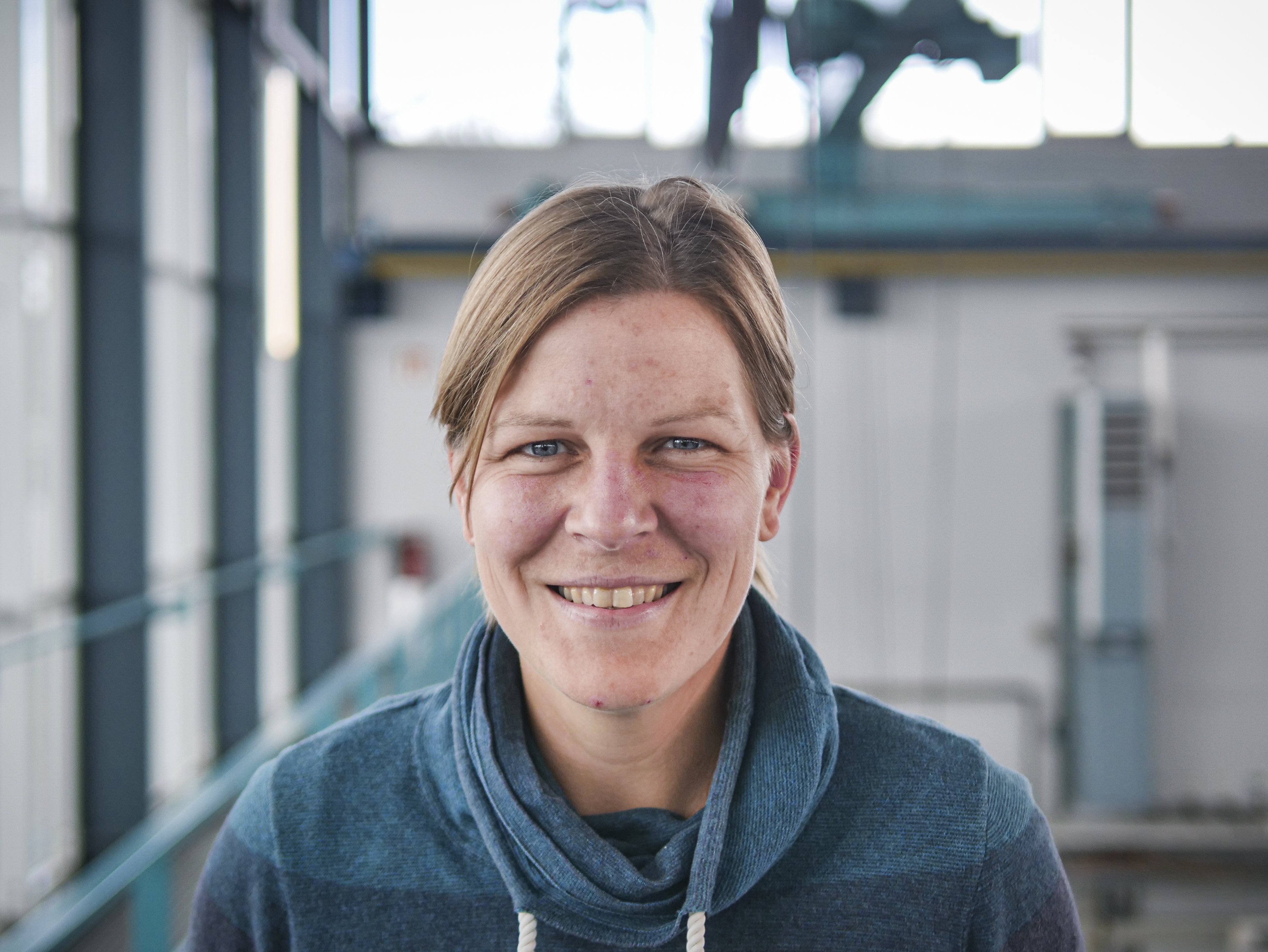
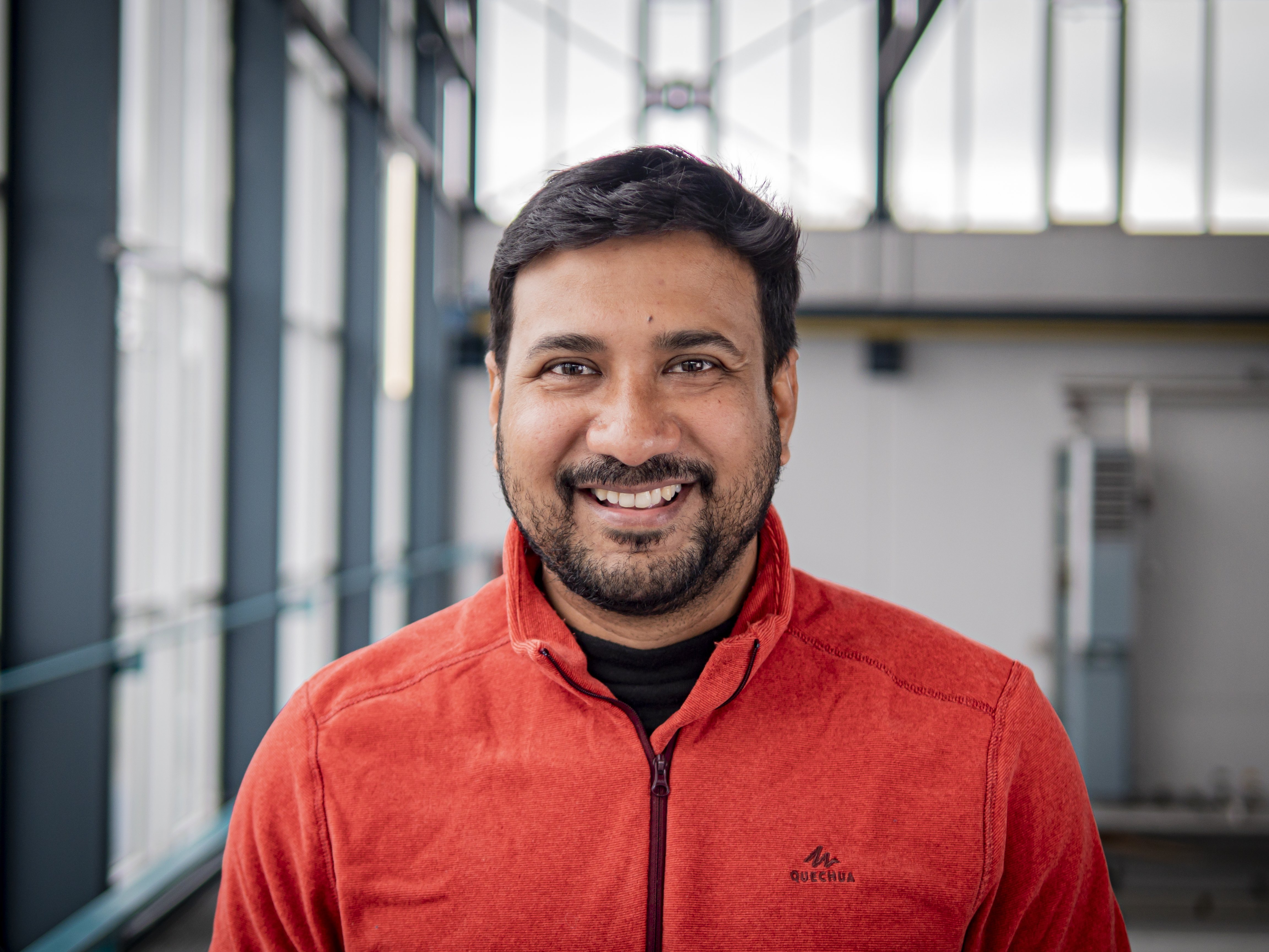
The list below shows the latest 25 publications of this research group. For the complete, searchable list of ZARM publications, please click more
2025
Predictability of decay events in transitional wall-bounded flows
, Journal of Physics: Conference SeriesVolume2753, Page 012009
Publisher: IOP Publishing
2025
2024
Cryogenic propellant management in space: open challenges and perspectives
npj Microgravity, 10 (1) :34
2024
ISSN: 2373-8065
Large-scale patterns set the predictability limit of extreme events in Kolmogorov flow
Journal of Fluid Mechanics, 986 :A2
2024
ISSN: 0022-1120
Resource-efficiency of cyanobacterium production on Mars: Assessment and paths forward
Algal Research, 84 :103801
2024
ISSN: 2211-9264
Turbulent puffs in transitional pulsatile pipe flow at moderate pulsation amplitudes
Physical Review Fluids, 9 (2) :024601
2024
2023
Impact of solvent properties on the precipitation of active pharmaceutical ingredients
Powder Technology, 415 :118032
2023
ISSN: 0032-5910
Routes to turbulence in Taylor–Couette flow
Philosophical Transactions of the Royal Society A, 381 (2246) :20220114
2023
ISSN: 1364-503X
2022
A discrete differential geometric formulation of multiphase surface interfaces for scalable multiphysics equilibrium simulations
Chemical Engineering Science, 257 :117681
2022
ISSN: 0009-2509
Effect of waveform on turbulence transition in pulsatile pipe flow
Journal of Fluid Mechanics, 948 :A20
2022
ISSN: 0022-1120
En route towards a comprehensive dimensionless representation of precipitation processes
Chemical Engineering Journal, 428 :131984
2022
ISSN: 1385-8947
Measurement error of tracer-based velocimetry in single-phase turbulent flows with inhomogeneous refractive indices
Experimental Thermal and Fluid Science, 136 :110681
2022
ISSN: 0894-1777
Memoryless drop breakup in turbulence
Science Advances, 8 (50) :eabp9561
2022
ISSN: 2375-2548
Oxygen droplet combustion in hydrogen under microgravity conditions
Combustion and Flame, 241 :112081
2022
ISSN: 0010-2180
Quantitative modeling of precipitation processes
Chemical Engineering Journal, 444 :136195
2022
ISSN: 1385-8947
Subgrid-scale models of isotropic turbulence need not produce energy backscatter
Journal of Fluid Mechanics, 937 :A14
2022
ISSN: 0022-1120
The energy cascade as the origin of intense events in small-scale turbulence
Journal of Fluid Mechanics, 937 :A13
2022
ISSN: 0022-1120
2021
A low-pressure, N2/CO2 atmosphere is suitable for Cyanobacterium-based life-support systems on Mars
Frontiers in Microbiology, 12 :67
2021
ISSN: 1664-302X
A macroscopic two-length-scale model for natural convection in porous media driven by a species-concentration gradient
Journal of Fluid Mechanics, 926 :A8
2021
ISSN: 0022-1120
A single-camera synthetic Schlieren method for the measurement of free liquid surfaces
Experiments in Fluids, 62 :1-15
2021
ISSN: 0723-4864
Deformation of drops by outer eddies in turbulence
Journal of Fluid Mechanics, 929 :A38
2021
ISSN: 0022-1120
Direct numerical simulation of two-phase pipe flow: influence of the domain length on the flow regime
International Journal of Multiphase Flow, 144 :103786
2021
ISSN: 0301-9322
Statistical analysis of thermal conductivity experimentally measured in water-based nanofluids
Proceedings of the Royal Society A, 477 (2250) :20210222
2021
ISSN: 1364-5021
The synchronisation of intense vorticity in isotropic turbulence
Journal of Fluid Mechanics, 913 :R8
2021
ISSN: 0022-1120
2020
Effects of pore scale on the macroscopic properties of natural convection in porous media
Journal of Fluid Mechanics, 891
2020
ISSN: 0022-1120
Non-modal transient growth of disturbances in pulsatile and oscillatory pipe flow
arXiv preprint arXiv:2008.04616
2020



